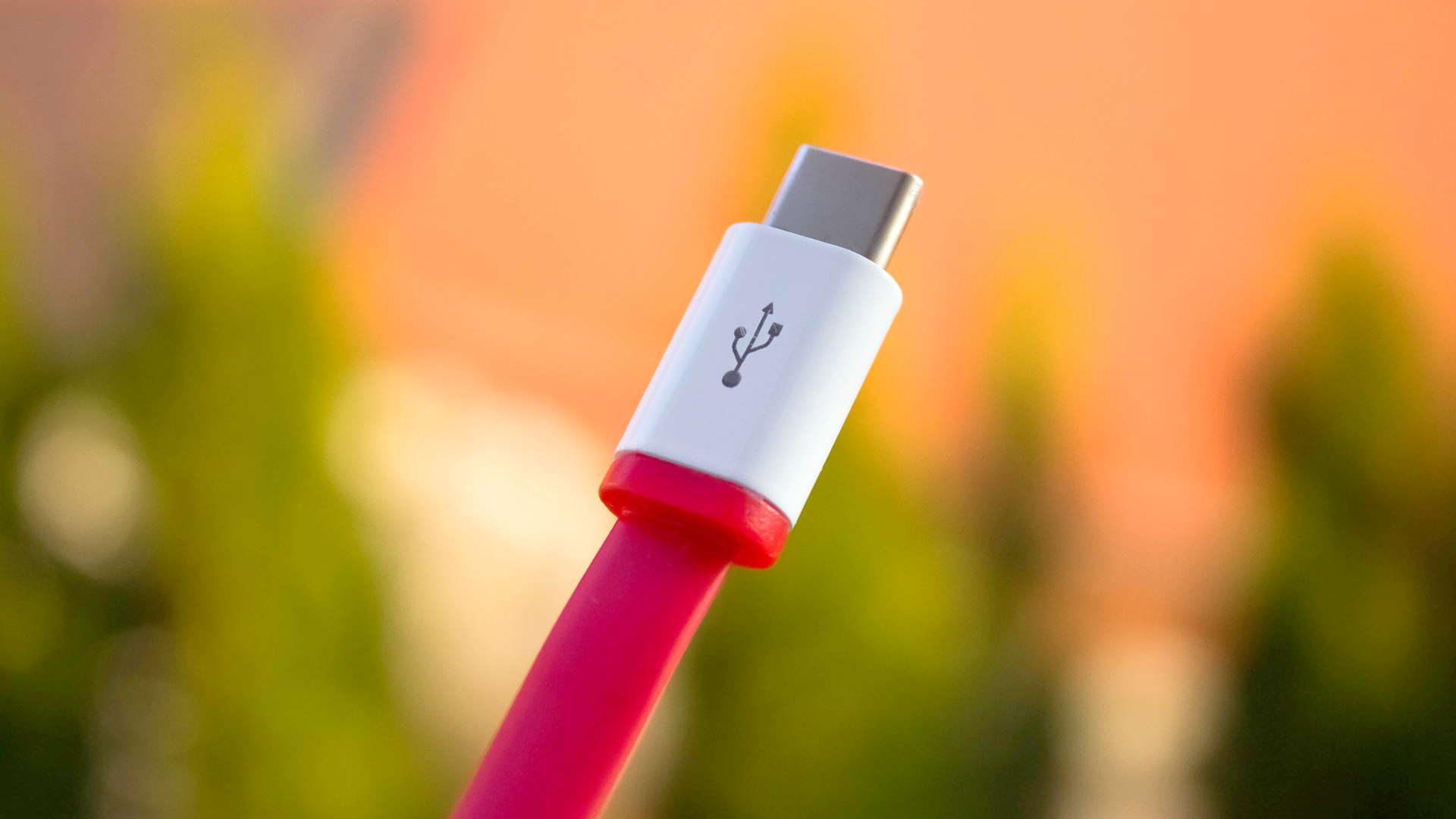EU enforces USB Type-C charging on most electronic devices
Laptops will also be covered by the new law, although not until 2027.

USB Type-C will become the common charging port for all mobile phones, tablets, and cameras in the EU by 2024. This single charging solution has been provisionally agreed upon under the amended Radio Equipment Directive today and is part of a wider push to make products in the EU more sustainable, reduce the amount of electronic waste, and also make everyone's lives that little bit easier.
It's fair to say that the days of hunting for a specific charger are mostly behind us, but having this written in law, covering one of the world's largest markets, will ensure that we don't retread old, miserable ground. This could finally mean I can throw out that massive box of cables that's been up in the attic for years now. Well at least spend some time going through it.
One of the biggest culprits for introducing a myriad of chargers over the years has been the not-so-humble mobile phone. There has been a concerted effort to switch to USB Type-C ports for a while now, particularly for Android phones, although obviously, Apple treads its own path. Under this new law, the fruity manufacturer is going to have to switch from its beloved Lighting port unless it wants to turn its back on Europe.
This new law targets all small and medium-sized portable electronic devices, with specific mentions of handheld videogame consoles, keyboards, mice, and headsets. Laptops will also fall under this law, although not straight away. They will be adapted to the requirements "40 months after the entry comes into force."
It'll be interesting to see if this applies to all laptops, particularly the ones we're interested in, namely gaming laptops. An updated specification for power delivery on USB Type-C 2.1 dropped this time last year, which saw 240W chargers become a reality, so there's plenty of performance on the cards still.

Steam Deck review: Our verdict on Valve's handheld PC.
Steam Deck availability: How to get one.
Steam Deck battery life: What's the real battery life of the new device?
How loud is the Steam Deck? And will it pass the Significant Other test?
Steam Deck - The emulation dream machine: Using Valve's handheld hardware as the ultimate emulator.
Faster charging speeds will also be covered by this new law, with a harmonized approach which means those devices that can make use of faster charging will be able to do so with any compatible charger, not just the one that your device ships with.
There's also a clause that buyers will have the option of buying new devices with or without a charging device, which makes sense if you've already got a perfectly functional charger. And with unused chargers supposedly representing 11,000 tonnes of e-waste on their own, that does seem like a problem worth addressing.
Keep up to date with the most important stories and the best deals, as picked by the PC Gamer team.
The new law will come into force in 2024, assuming it passes formal approval, which it is expected to do after the summer recess.
Alan has been writing about PC tech since before 3D graphics cards existed, and still vividly recalls having to fight with MS-DOS just to get games to load. He fondly remembers the killer combo of a Matrox Millenium and 3dfx Voodoo, and seeing Lara Croft in 3D for the first time. He's very glad hardware has advanced as much as it has though, and is particularly happy when putting the latest M.2 NVMe SSDs, AMD processors, and laptops through their paces. He has a long-lasting Magic: The Gathering obsession but limits this to MTG Arena these days.


